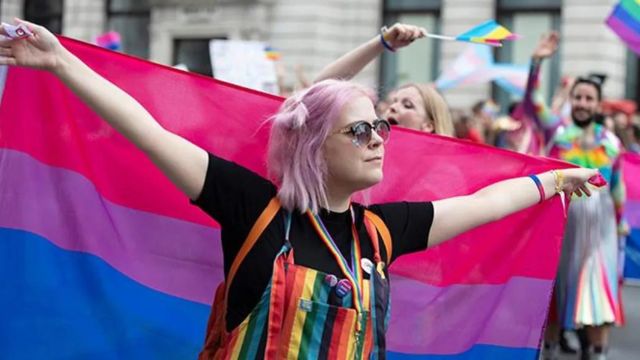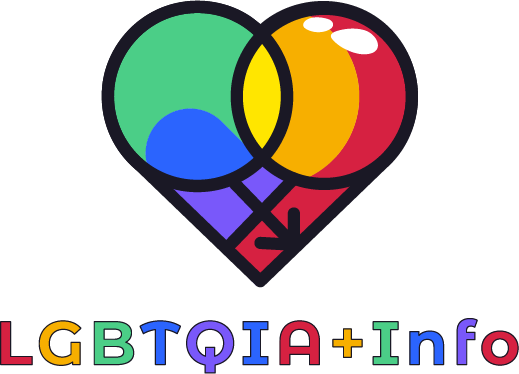When a person has a sexual orientation known as bisexuality, they are attracted to both men and women. It is a less well-known orientation that has given rise to several myths and misunderstandings. To further comprehend this sexual orientation, we shall examine the statistics and demographics surrounding bisexuality in this article.
Introduction
We will provide a brief explanation of bisexuality and how it is different from other sexual orientations in this section.
-
What is Bisexuality?
When a person has a sexual orientation known as bisexuality, they are attracted to both men and women. This is distinct from heterosexuality, in which a person is solely attracted to the opposite sex, or homosexuality, in which a person is only attracted to the same sex.
Learn more about the meaning, identity, and experience of bisexuality with our article “What is Bisexual Term? Understanding the Meaning, Identity, and Experience!”
-
Myths and Misconceptions about Bisexuality
Many people have false beliefs about bisexuals, such that they are just going through a phase, that they are promiscuous, and that they cannot remain loyal to one person. These generalizations are hurtful to the bisexual community and are not simply false.

Demographics of Bisexuality
Here we’ll look at the statistics behind bisexuality and how it compares to other sexual identities.
-
How Many People Are Bisexual?
The Williams Institute at the UCLA School of Law found that 1.8% of U.S. individuals consider themselves bisexual. Compared to the proportions of people who identify as heterosexual (96.6%) or gay (1.7%), this is a very tiny group.
-
Age and Gender
The same poll also indicated that bisexuality is more prevalent among younger persons. Bisexuality was estimated to account for 3.3% of persons in the 18-24 age range, 1.8% in those 25-64, and 0.7% in those 65 and above.
Women are more likely than males to identify as bisexual. Approximately 2.7% of women and 0.9% of males consider themselves to be bisexual.
-
Race and Ethnicity
There are racial and cultural groupings where bisexuality is more prevalent. About 2.4% of White people are bisexual, compared to 3.2% of Black adults and 4.3% of Hispanic adults, according to the same poll.
To learn more about the challenges and needs of the LGBTQIA population, check out our comprehensive examination of LGBTQIA population data.

Statistics About Bisexuality
This section will provide bisexuality-related data on mental health, prejudice, and relationships.
-
Mental Health
Depression, anxiety, and drug addiction are more common among bisexuals than among either heterosexuals or homosexuals, according to studies. This is because bisexual people are typically stigmatized and discriminated against by members of the straight and LGBTQ+ communities.
-
Discrimination
Bisexual people experience prejudice in many facets of their life. Compared to heterosexual people, they are more likely to face poverty, unemployment, and housing discrimination. Additionally, they are more likely to face aggression, harassment, and stigma.
-
Relationships
Bisexual people have their own special difficulties to overcome in romantic partnerships. Both partners in a heterosexual or gay couple may treat them unfairly because of their sexual orientation. There is a risk that bisexual people may feel they need to downplay or conceal their sexual orientation in order to keep a romantic partner.
Learn more about why celebrating LGBTQIA pride is important in recognizing diversity and progress in the ongoing fight for equality and acceptance.
Conclusion
In conclusion, bisexuality is an underappreciated and stigmatized sexual orientation. Despite the difficulties they experience, bisexual people make up a significant segment of the LGBTQ+ population. The more we learn about the bisexual population, the more we can do to make our society welcoming to all people.

